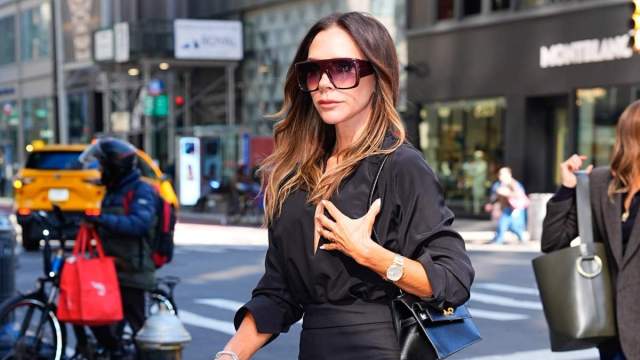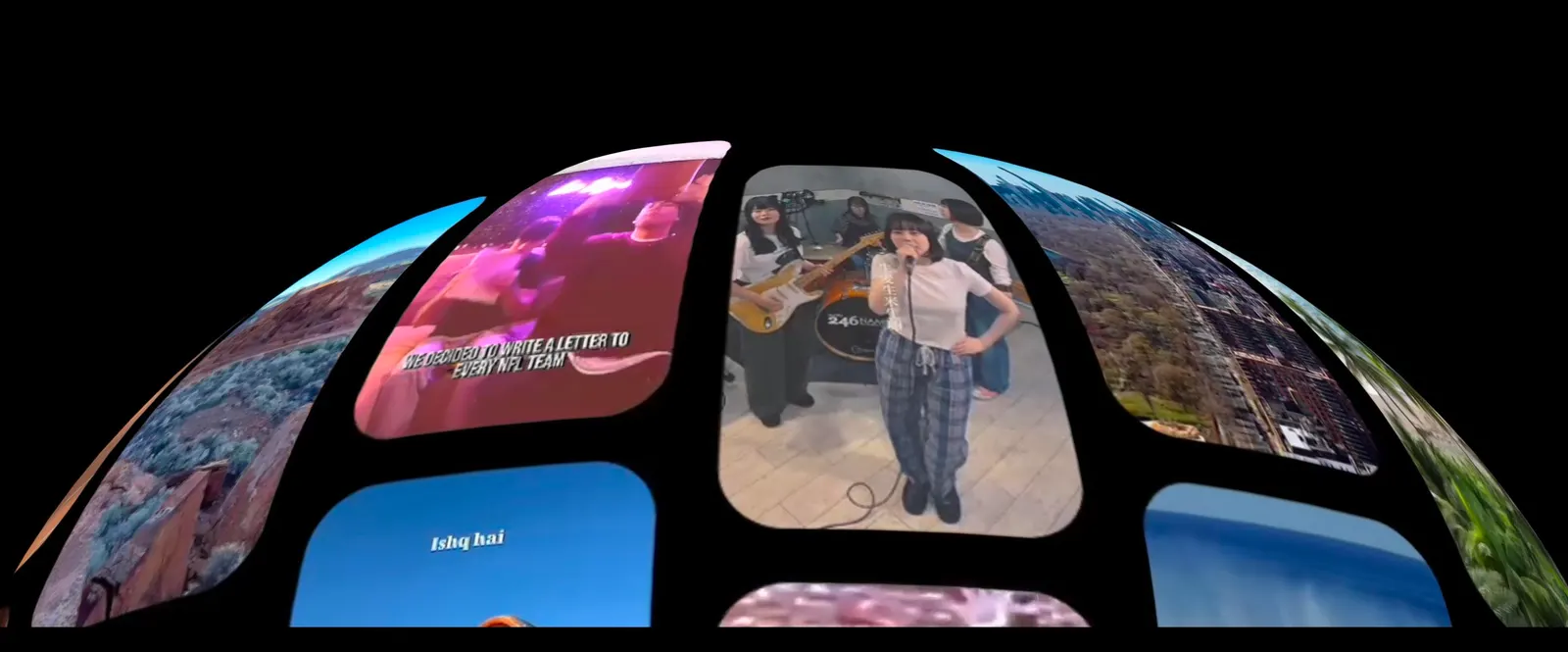On June 15, 2025, Kering announced that Luca de Meo will become its next CEO, effective mid‑September. This appointment of Luca de Meo – the executive best known for turning around French automaker Renault – comes amid a challenging period for Kering: its stock is down about 70 percent from three years ago, its key brand Gucci has seen declining sales in key markets, Saint Laurent’s growth has slowed, and the group carries over €10 billion in net debt. The move triggered an immediate market reaction: Kering shares surged 9 to 13 percent on the news.
François-Henri Pinault – who has transformed Kering from a timber-trading conglomerate into a global luxury powerhouse beginning in 2005 – will remain as chairman. But by stepping back from the CEO role, he is sending a clear signal that it is time for industrial discipline and operational turnaround – not just creative stewardship.
The Auto Executive and the Art of Luxury
At first glance, naming an auto industry veteran to lead a luxury fashion group might seem like a mismatch. As the Wall Street Journal noted this week, “Running a carmaker and leading a luxury conglomerate demand different skills. Success in autos relies heavily on industrial scale, efficiency and engineering excellence. High fashion, by contrast, depends more on narrative, cultural cachet and the unpredictable chemistry between designers and audiences.”
And yet, Pinault – who reportedly worked with two head-hunters to find the right successor for the CEO role – is banking on de Meo’s appointment, which reflects far more than just a personnel shift. It signals a potentially-much-broader reckoning in luxury: an explicit recognition that storytelling and mystique, alone, will not guarantee success. In a high-cost, low-visibility market environment, Kering is betting that operational expertise – not just aesthetic intuition – will define its next chapter.
1. Scaling with Precision: Operational Discipline for a Creative Sector
At Renault, de Meo launched the “Renaulution” strategy in 2021, a comprehensive turnaround plan aimed at shifting the company’s focus from unprofitable volume to value creation. The plan set an ambitious target to cut the number of vehicle platforms from six to three – and powertrain families in roughly the same proportion – over several years, while consolidating the business around four clearly defined units: Renault, Dacia, Alpine, and Mobilize. De Meo also prioritized design renewal and electrification, notably with the forthcoming electric Renault 5 and a refreshed visual identity that tapped into the brand’s heritage.
Execution was disciplined. Renault trimmed more than €2 billion in fixed costs within two years by optimising manufacturing, reducing global head-count, and renegotiating supplier terms. At the same time it moved up-market, steering resources toward higher-margin compact SUVs and EVs, while deprioritising low-profit fleet sales and combustion-driven entry-level models – leaving the budget segment squarely with Dacia. The strategic shift returned the group to full-year profitability in 2022 for the first time since 2018, lifted operating margins, and gave each brand clearer market positioning.
Investor sentiment rebounded, as well. Renault’s share price more than doubled at its 2024 peak before settling back amid broader market volatility – still a sharp net gain over de Meo’s tenure. More than a financial fix, Renaulution repositioned Renault as a leaner, design-led, future-oriented automaker and cemented de Meo’s reputation for structural transformation.
De Meo’s task is to instill the kind of cost discipline and operational focus that automakers depend on – without compromising the creative integrity that defines luxury. The goal is not to industrialize design, but to create the operational clarity that lets design thrive.
2. Data as a Strategic Asset
Automakers live by data: production metrics, supply chain tolerances, platform profitability, and increasingly, real-time consumer telemetry. Every decision – from sourcing to showroom – is filtered through an ecosystem of tightly integrated analytics. Vehicle launches are simulated, forecasted, and tracked with obsessive granularity. In contrast, the luxury fashion industry has long operated on instinct. Product development cycles still hinge on a creative director’s intuition, cultural timing, and subjective interpretations of what’s “in the air.” Brands talk about heritage, mood, and aura – less so about SKU performance by city block or the behavioral churn rate of high-spending clients.
This contrast has created a blind spot. Despite collecting vast amounts of consumer data through e-commerce, loyalty programs, clienteling platforms, and social media, many luxury houses still underutilize what they know. They may track sales by region, but they often lack real-time visibility into why certain products resonate, which influencers move the needle, or how pricing elasticities differ across urban micro-markets. It is not uncommon for operational decisions – like how much to allocate to Seoul versus Miami or whether a bag drop performs better on Wednesday or Sunday – are frequently made using legacy rhythms or internal politics rather than demand signals.
De Meo’s approach at Renault offers a clear counterpoint. He emphasized not just product design but predictive planning – using data to refine model mix, optimize supply alignment, and anticipate demand clusters well before production. If he applies the same rigor to Kering’s operations, it could help the group close its analytics gap and enhance creative decision-making with sharper insights: tailoring regional assortments, setting smarter price corridors, optimizing drop timing, and refining marketing spend with precision.
3. Brand Engineering: Emotional Intelligence in a Mechanical World
Though trained as an industrial strategist, de Meo has repeatedly shown himself capable of mastering the art of emotional storytelling. He was instrumental in the 2007 relaunch of the Fiat 500, for example, transforming the car into a global style symbol. At SEAT, he launched Cupra as a standalone sub-brand with a youthful lifestyle positioning. And at Renault, he gave electric models, such as the R5 and Scenic, not just technical relevance, but cultural salience, showing that de Meo knows how to inject meaning into machines. And meaning is the currency of luxury.
If he can apply the same principles – cohesive storytelling, distinct brand language, controlled iconography – Gucci and other Kering brands could see a creative revival that is grounded in structure, not restricted by it.
4. The Rise of Cross-Industry Leadership in Luxury
De Meo appears to be the first former auto CEO appointed to lead a global luxury fashion group. But he joins a broader wave of cross-sector appointments. Chanel brought in Leena Nair from Unilever. Gucci Group’s turnaround in the early 2000s was led by Robert Polet – also from Unilever; before Polet, Gucci’s CEO, Domenico De Sole, came from a tax law background. Ferrari named a semiconductor executive, Benedetto Vigna, as its CEO.
These moves reflect a deeper trend: The luxury goods segment – one dominated by family-owned and operated companies – has matured into a highly complex, globalized, operationally-intense sector. As product volumes increase and marketing turns digital-first, the skillset needed to manage these businesses increasingly mirrors that of tech and industry.
A New Kind of Luxury CEO
Kering’s board is making a calculated gamble that de Meo can modernize operations without sterilizing the brand magic that sets luxury apart. The risk is real. Too much structure and financialization could alienate designers and consumers, alike. But the opportunity appears to outweigh the risks. A Kering that runs as precisely as an automaker while expressing the emotion of fashion would be better positioned to compete in a luxury landscape shaped by uncertainty, digital acceleration, and consumer discernment.
To succeed, de Meo must give creative leads like Gucci’s newest creative head Demna Gvasalia enough space to invent, while holding each brand accountable for its long-term performance. That balance – between mystique and method – is the essence of his mandate.
De Meo’s arrival may mark the beginning of a new leadership archetype in luxury – one where operational rigor and cultural fluency are no longer seen as opposites. In a sector where tradition often trumps transformation, Kering is breaking the mold. If de Meo succeeds, he will not just revive Gucci or optimize Saint Laurent. He will redefine what it means to run a 21st-century luxury group – where storytelling, scale, and strategy must finally move in sync.


